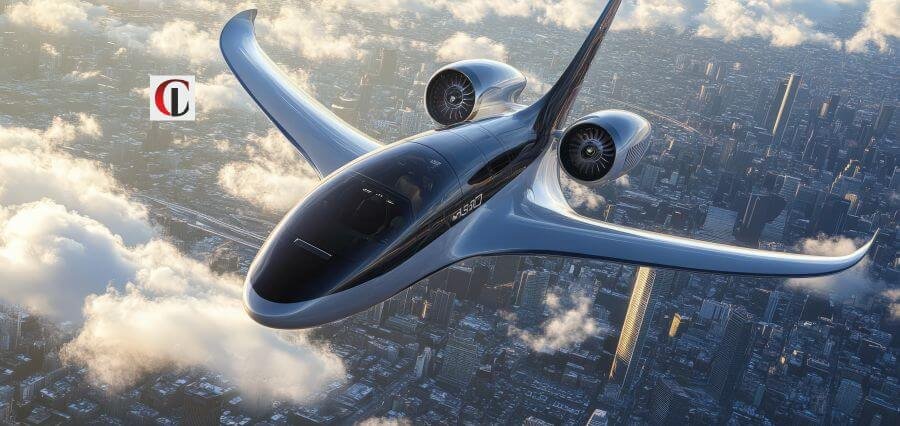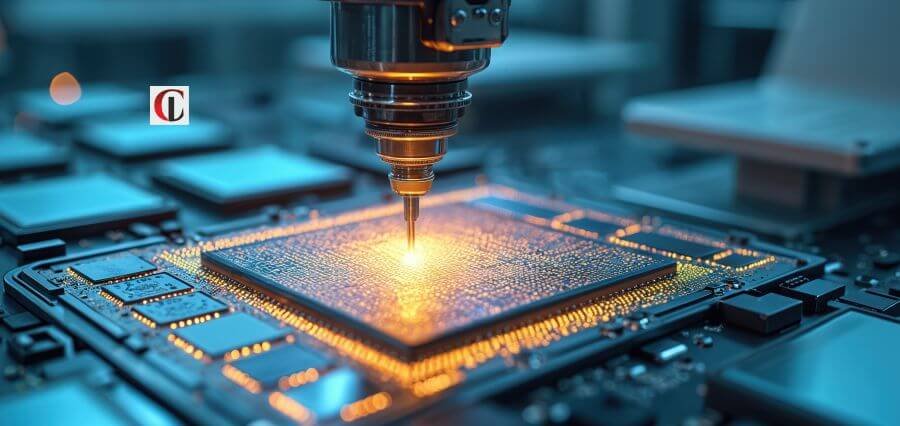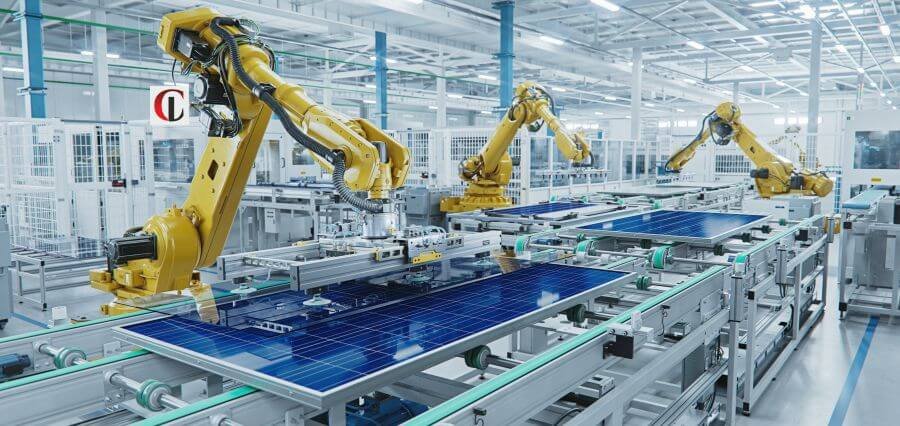The aviation industry has long been synonymous with progress and technological innovation, continually reshaping the way people experience air travel. As we look ahead, the next generation of aviation promises to revolutionize the skies even further. From sustainable propulsion systems to autonomous aircraft and the return of supersonic flight, a wave of transformative technologies is on the horizon. These advancements are not only aimed at improving performance and efficiency but also addressing pressing global challenges like environmental sustainability. This article highlights how these next-gen innovations are shaping tomorrow’s skies and what they mean for the future of flight.
The Rise of Sustainable Aviation Technologies:
One of the most pressing challenges facing the aviation industry today is its environmental impact. Aircraft are significant contributors to global carbon emissions, and as the demand for air travel continues to grow, so too does the need for sustainable solutions. In response to this challenge, next-generation aviation innovations are focused on reducing the carbon footprint of flying while maintaining high levels of performance and efficiency.
Electric and hybrid-electric propulsion systems are at the forefront of sustainable aviation technology. Companies like Vertical Aerospace, Lilium, and Joby Aviation are developing all-electric vertical take-off and landing (eVTOL) aircraft that promise to revolutionize urban air mobility. These aircraft are designed to carry passengers on short, regional routes, reducing the need for traditional, carbon-intensive jet engines. The use of electric propulsion systems significantly reduces emissions and noise, making urban air mobility safer and more environmentally friendly.
Furthermore, several major aerospace companies, including Boeing and Airbus, are exploring hydrogen-powered aircraft as a potential solution to sustainable aviation. Hydrogen fuel cells produce zero emissions, with the only byproduct being water vapor, making them an attractive alternative to traditional fossil fuels. Although hydrogen-powered aircraft are still in the experimental phase, their potential to drastically reduce aviation’s environmental impact is immense. If these technologies can be scaled up, hydrogen-powered aircraft could become the cornerstone of a greener, more sustainable aviation industry.
Autonomous Aircraft and Air Traffic Control:
Another transformative innovation on the horizon is the development of autonomous aircraft. While the idea of self-piloting planes might seem like something out of science fiction, significant strides are being made toward making autonomous aviation a reality. Autonomous aircraft have the potential to reduce human error, improve operational efficiency, and enhance safety.
Companies like Boeing and Airbus, along with startups such as Xwing, are developing technologies to enable fully autonomous commercial flights. These aircraft would rely on advanced sensors, machine learning algorithms, and artificial intelligence (AI) to navigate and make decisions during flight, eliminating the need for human pilots. While regulatory and safety concerns remain, the potential benefits of autonomous flight are clear: reduced labor costs, improved fuel efficiency, and enhanced safety through reduced human error.
Autonomous aircraft are also set to play a key role in the future of urban air mobility (UAM). Drones, for example, are already being used for cargo deliveries in some parts of the world, and this trend is expected to grow. The integration of autonomous aircraft into the aviation ecosystem will require new air traffic control systems capable of managing both traditional and unmanned aircraft. Advances in AI-powered air traffic management systems are being developed to ensure safe, efficient, and coordinated operations for both crewed and uncrewed aircraft.
Supersonic Travel and the Return of Concorde:
Supersonic air travel, which was once the realm of the iconic Concorde, is also making a comeback thanks to next-generation innovations. The Concorde, which retired in 2003, was a marvel of engineering, capable of flying at speeds greater than Mach 2, significantly cutting travel time between destinations. However, its high operational costs and environmental impact, especially in terms of noise pollution, led to its eventual retirement.
Today, several companies are working to bring supersonic travel back with a focus on reducing environmental impact and improving efficiency. Companies like Boom Supersonic are developing new aircraft that can fly faster than the speed of sound while addressing the noise and fuel consumption issues that plagued earlier supersonic jets. Boom’s Overture aircraft, for example, is being designed to fly at Mach 1.7, with the goal of connecting cities like New York and London in just three and a half hours. In addition to supersonic speeds, these aircraft are being designed with more sustainable fuel options, including sustainable aviation fuel (SAF), which has the potential to lower carbon emissions compared to traditional jet fuel.
Supersonic flight is poised to bring profound changes to global travel, allowing passengers to travel across the world in a fraction of the time it takes today. However, regulatory hurdles and the need for infrastructure upgrades, such as noise regulations and airports capable of handling supersonic aircraft, will need to be addressed before this technology becomes widespread.
Hyperloop and Beyond:
While not strictly aviation, the concept of the Hyperloop—an ultra-high-speed transportation system that involves pods traveling through low-pressure tubes—could also have a significant impact on air travel. The Hyperloop has the potential to connect major cities at speeds faster than commercial airliners, offering an alternative to short-haul flights. Companies like Virgin Hyperloop are actively working on prototype systems, with the goal of completing initial tests within the next few years.
The integration of Hyperloop technology with traditional air travel could reshape the way passengers think about travel. For example, passengers could travel to a Hyperloop station instead of an airport, significantly reducing the time and cost associated with traditional aviation travel. While this is still in the early stages of development, the Hyperloop offers an exciting glimpse into the future of transportation.
Conclusion:
The future of flight is brimming with possibilities, driven by cutting-edge technologies that are set to transform the aviation industry. From the rise of sustainable aviation technologies like electric and hydrogen-powered aircraft to the advent of autonomous flight systems and supersonic travel, the skies of tomorrow will be faster, greener, and more connected. Innovations such as the Hyperloop further expand the horizons of transportation, promising to reshape how we think about global travel. As these innovations take flight, they signal a new era of aviation that will redefine how we move through the world.





